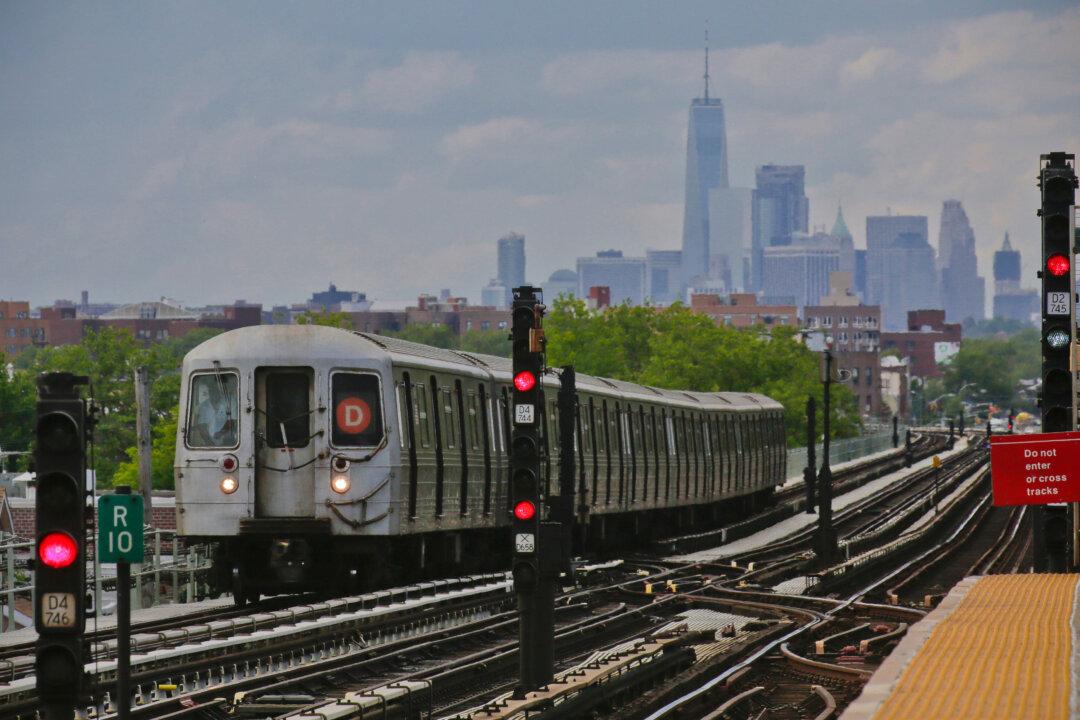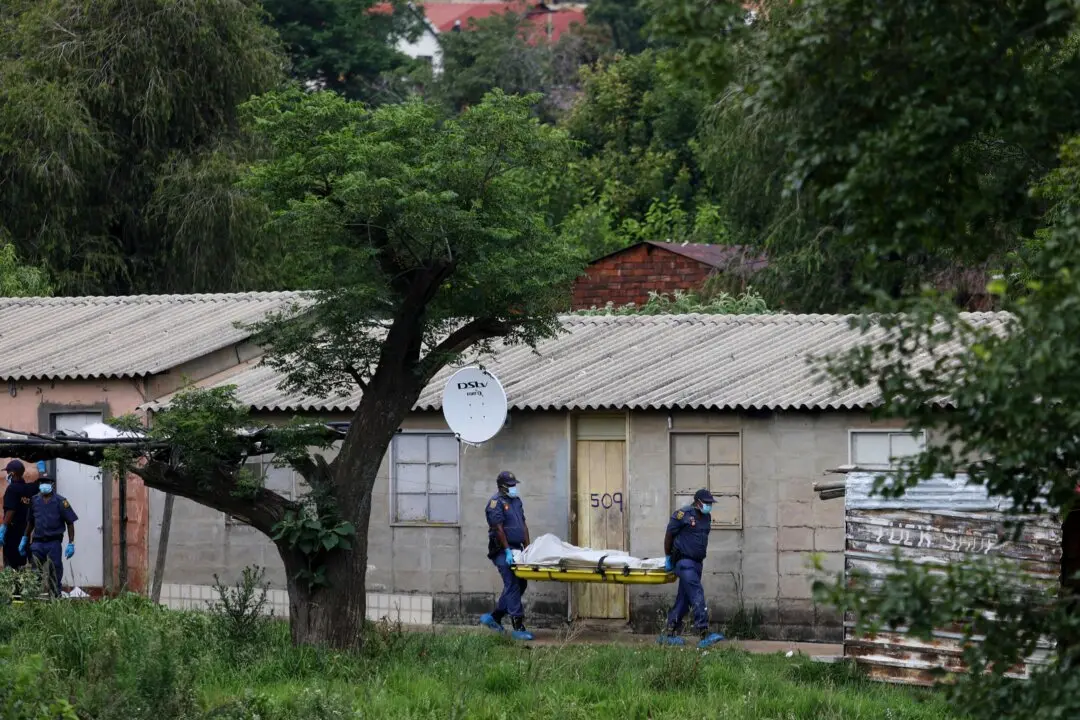Mexican authorities closed a border entry point in southern Mexico on Saturday after thousands of Central American migrants tried to push their way across a bridge spanning the Suchiate River between Mexico and Guatemala.
Honduran migrants waved their country’s flag and sang the national anthem as they approached the bridge. At the height of the confrontation, Guatemalan authorities estimated 2,500 migrants were on the bridge, or attempting to get on it.





